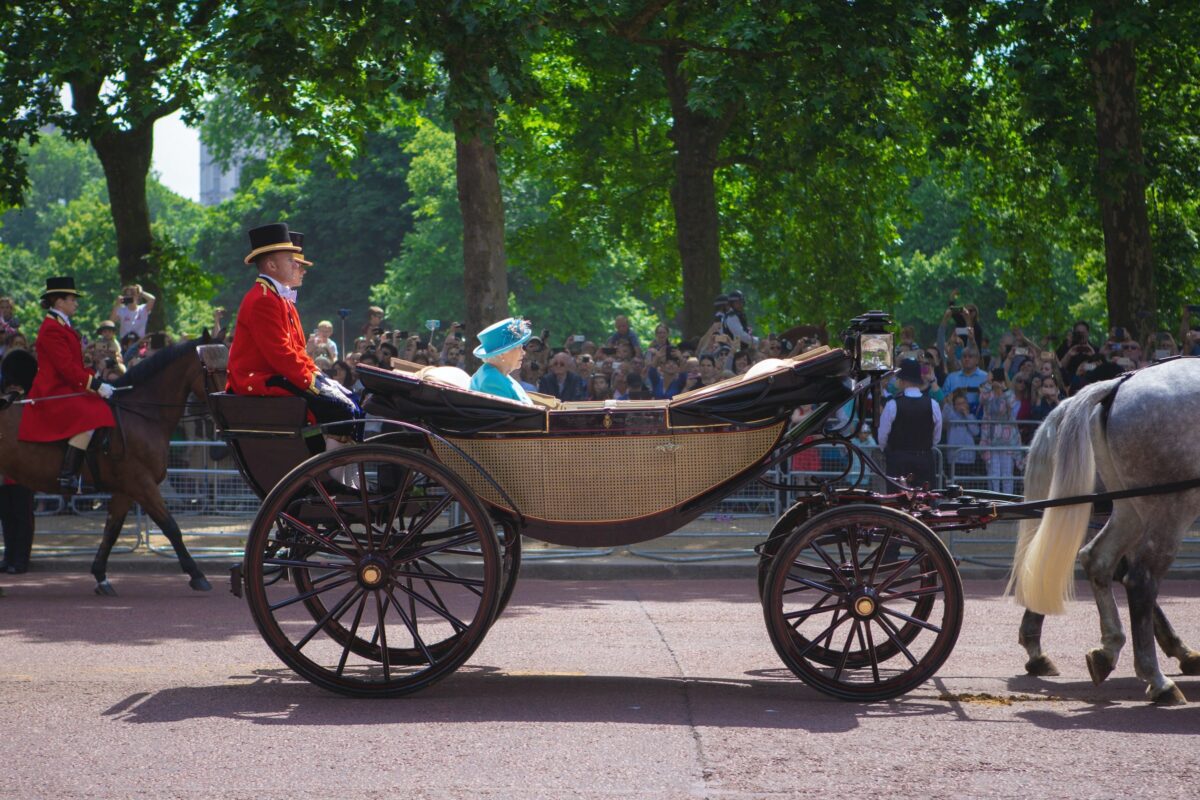Operation Nanook, the annual northern sovereignty drill carried out by the Canadian military, is taking on a distinct NATO feel this year with the involvement of three other partners, one of which is not an Arctic nation.
Five vessels, a replenishment tanker and U.S. coast guard cutter are expected to engage in the three-week exercise that top U.S. and Canadian officers said Monday was intended to assess not just their capacity to work together in the rugged climate but also their “simple combat” skills.
Canada is sending HMCS Ville de Quebec frigate, HMCS Glace Bay coastal protection vessel and MV Asterix support plane.
These will be supported by Danish frigate HDMS Triton, French coastal defense ship FS Fulmar, US coast guard cutter Tahoma and brand-new American guided missile destroyer USS Thomas Hudner.
Australia, Greenland and the United States are also Polar countries but not France.
The regular drill, which started in 2007, has had foreign support in the past, but Monday’s preparation is wider and more closely oriented to incorporate gunnery simulations and ship-tracking.
Through a strategic viewpoint, the Arctic is becoming an field of increasing concern for rivals like Russia, which has invested extensively in restoring its military capability in the cold environment, and China, a country that has no boundary in the region yet has embarked on an icebreaker-building spree.
British Vice-Admiral Andrew Lewis, who is also president of the United States. Second Fleet and the Headquarters of Joint Powers of the Allies in Norfolk, Va., said “this is absolutely not a NATO exercise. It’s a Canadian exercise and a Canadian-led operation.”
Having said that, it is in NATO ‘s benefit to see alliances acquire experience working together in ice-shocked corridors and desolate environments.
The Western Military Alliance has paid that attention and has provided a strategic review of the region’s shifting security structure, both of which have received strong reprisals from Russia.
The international drill sends a important warning, Vice-Admiral Steven Poulin, director of the Atlantic-area U.S. coast guard, said.
“The message is that the Arctic is strategically important. It’s becoming increasingly important for our collective national security,” Poulin told a media teleconference on Monday. “Presence [in the region] matters and I think the participation reflects that presence matters.”
Rear Admiral Brian Santarpia, Canada’s East Coast fleet leader, said the area is so large and rough that alliances need each other to function securely and successfully, and the exercise would check how well they will do that.
Compared to others of the proposed preparation, the explanation he provided was mild and included a search-and – rescue situation involving a stranded cruise ship, an analogy often used by the Canadian military to illustrate the sorts of operations that might take place.
Regardless of the coronavirus pandemic, Operation Nanook is being cut down relative to past years and there are limitations, such as a moratorium on port visits.
Santarpia said every attempt is being made to ensure that the separation from COVID-19 that was previously endured by the people of the North continues.
It is an overarching threat to show to future rivals that the epidemic has not hampered the willingness of the U.S. and other nations to mobilize resources in difficult environments, Lewis stated.




